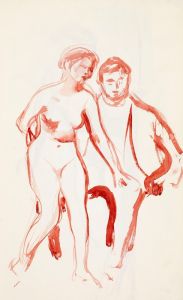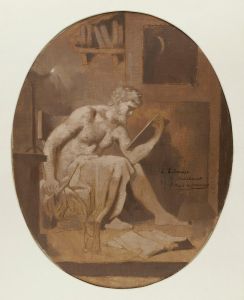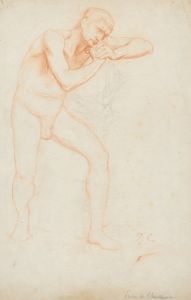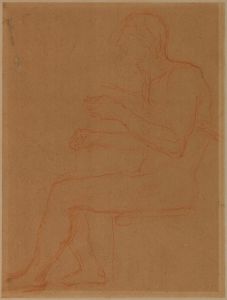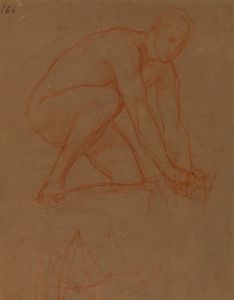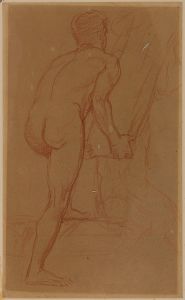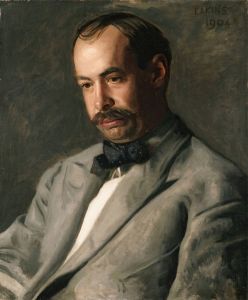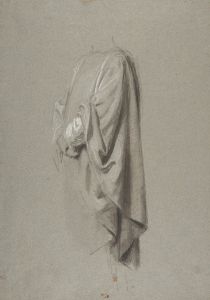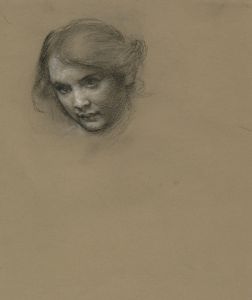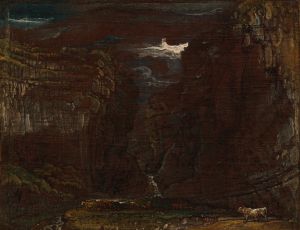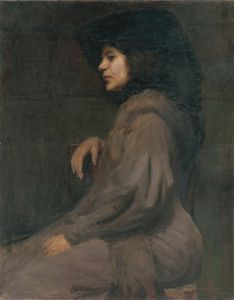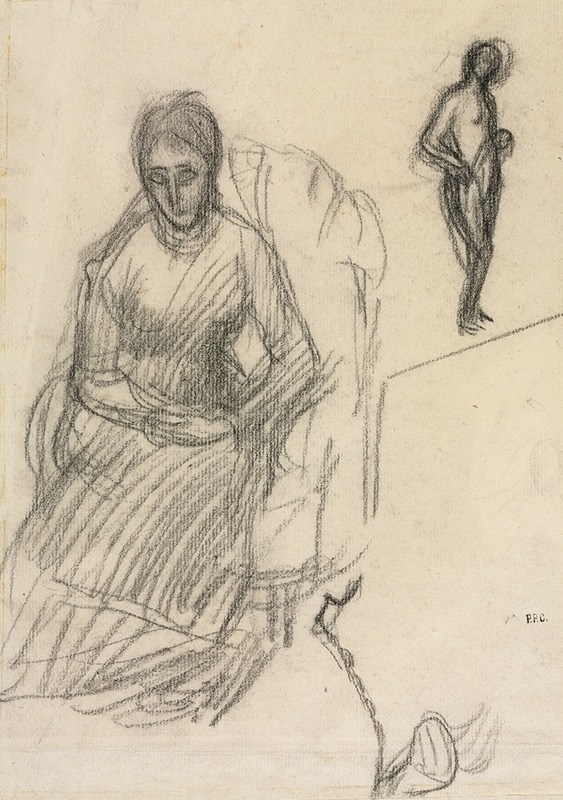
Study of Madame Marie Cantacuzène; Study of Standing Female Nude
A hand-painted replica of Pierre Puvis de Chavannes’s masterpiece Study of Madame Marie Cantacuzène; Study of Standing Female Nude, meticulously crafted by professional artists to capture the true essence of the original. Each piece is created with museum-quality canvas and rare mineral pigments, carefully painted by experienced artists with delicate brushstrokes and rich, layered colors to perfectly recreate the texture of the original artwork. Unlike machine-printed reproductions, this hand-painted version brings the painting to life, infused with the artist’s emotions and skill in every stroke. Whether for personal collection or home decoration, it instantly elevates the artistic atmosphere of any space.
Pierre Puvis de Chavannes, a prominent 19th-century French painter, is known for his contributions to the Symbolist movement and his distinctive mural style. Among his works, Study of Madame Marie Cantacuzène; Study of Standing Female Nude is a notable example of his preparatory studies, showcasing his meticulous approach to composition and form. This artwork is a double-sided study, featuring two distinct subjects on either side of the canvas or paper.
On one side, the study depicts Madame Marie Cantacuzène, a member of the aristocratic Cantacuzène family, who were of Greek and Romanian descent. Puvis de Chavannes often worked with models from various social backgrounds, and Madame Cantacuzène's portrayal reflects his interest in capturing both the physical likeness and the inner character of his subjects. The study likely served as a preparatory work for a larger composition or portrait, though its exact connection to a finished piece remains unclear.
The reverse side of the artwork features a study of a standing female nude. This figure study demonstrates Puvis de Chavannes' focus on the human form, emphasizing balance, proportion, and the natural grace of the body. Such studies were a fundamental part of his artistic process, allowing him to refine his understanding of anatomy and movement. The nude figure may have been intended for use in one of his allegorical or decorative compositions, which often incorporated idealized human forms to convey universal themes.
Puvis de Chavannes is celebrated for his ability to blend classical traditions with modern sensibilities, and this dual study exemplifies his dedication to preparatory work as a means of achieving harmony and clarity in his final pieces. While the exact dates and purposes of these studies are not definitively documented, they provide valuable insight into his working methods and artistic priorities.
The artwork is part of a broader collection of Puvis de Chavannes' studies and sketches, which are held in various museums and private collections. These preparatory works are highly regarded for their technical skill and their role in the development of his larger, more ambitious projects.





